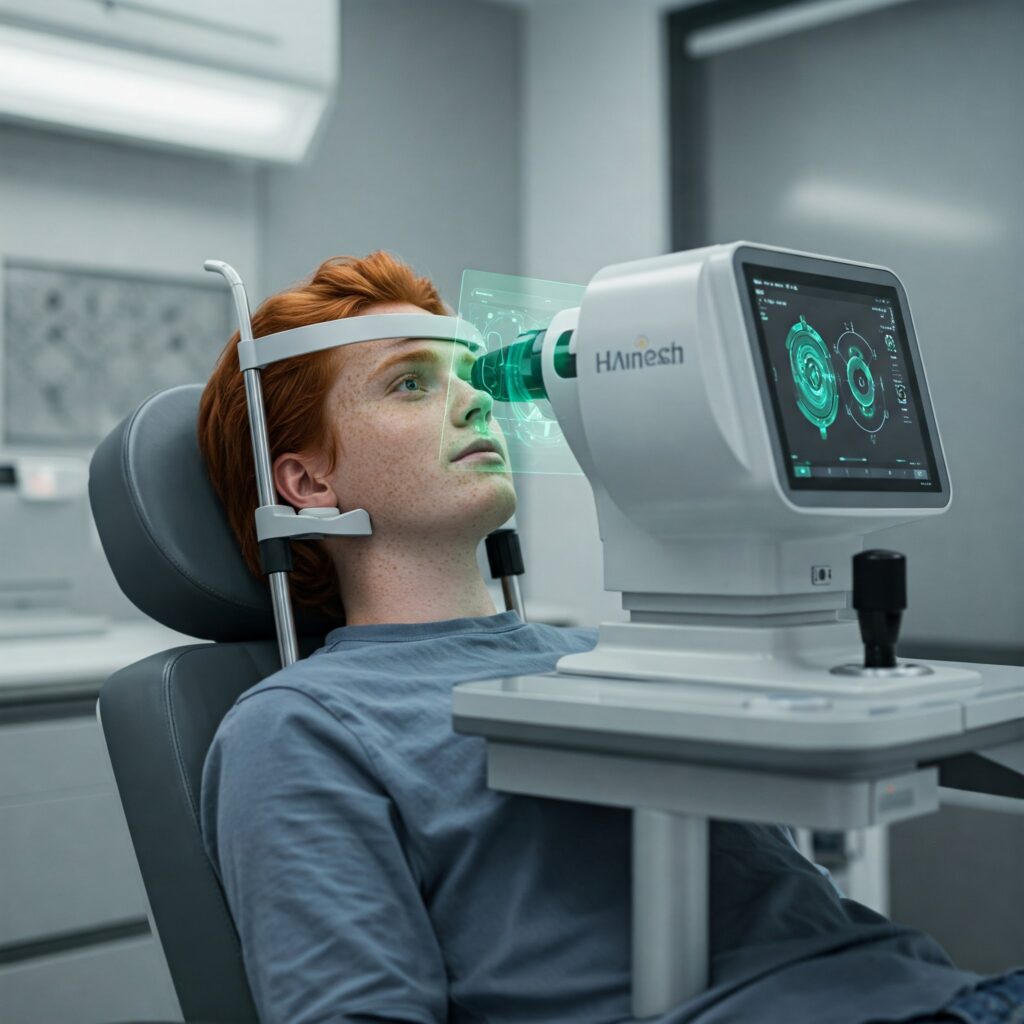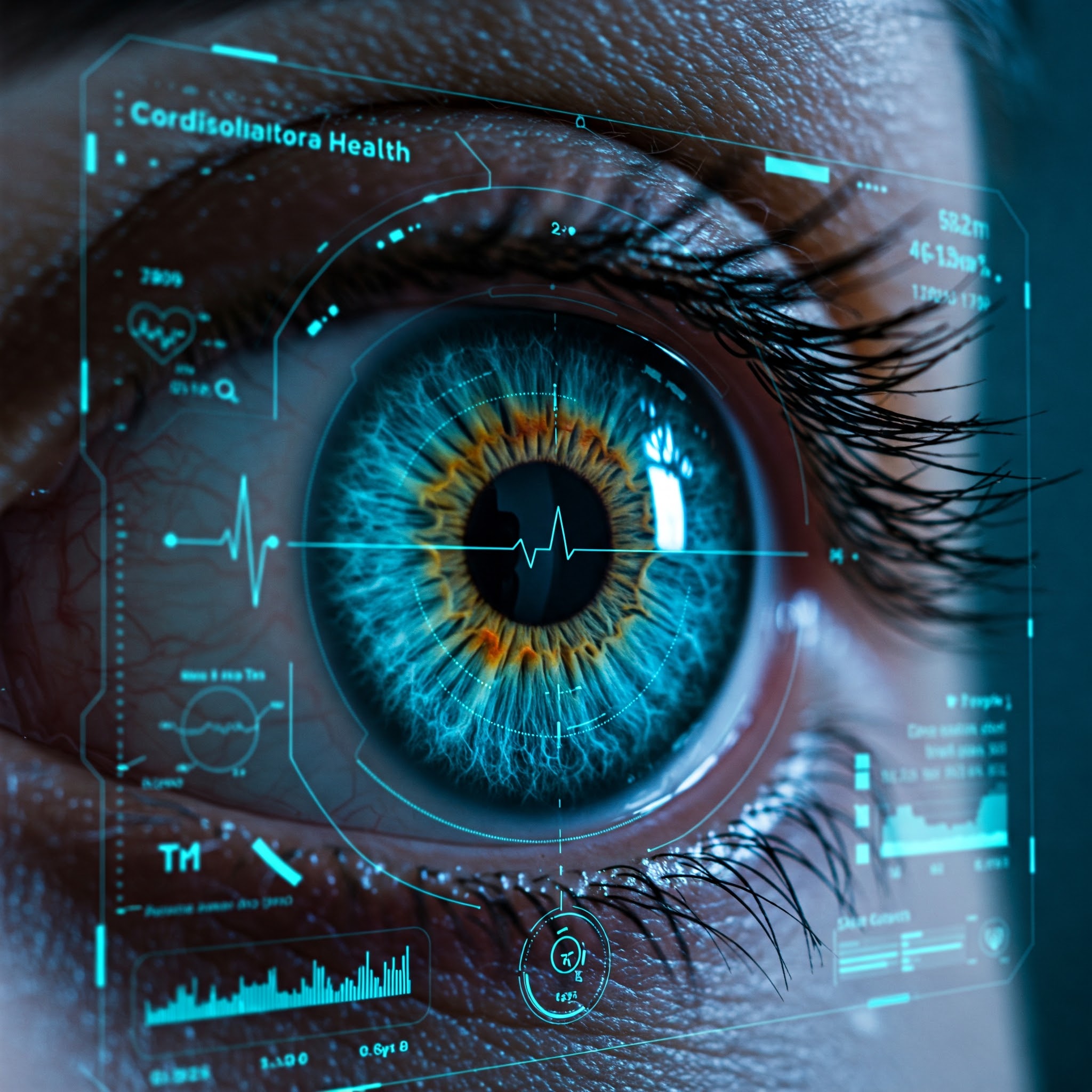Introduction
A revolutionary advancement in medical diagnostics has emerged—AI-powered eye scans capable of detecting early signs of cardiovascular disease (CVD). Researchers and medical technology companies are now leveraging artificial intelligence to analyze retinal images, offering a non-invasive, fast, and highly accurate method to predict heart-related conditions long before symptoms arise.
This breakthrough not only makes screening more accessible but also marks a critical leap in preventive healthcare. Let’s explore how this innovation works and what it means for global heart health.
How the Technology Works

The human eye, particularly the retina, contains microvascular structures that mirror the state of the heart and blood vessels. AI algorithms trained on vast datasets of retinal scans and cardiovascular health records can now identify patterns and anomalies linked to CVD risk factors such as:
- Hypertension
- Atherosclerosis
- Diabetes
- Stroke likelihood
- Heart attack risk
The process involves taking a high-resolution image of the eye using a specialized camera, after which the AI model processes the image within seconds, delivering a risk assessment with remarkable accuracy.
Why It Matters
Early detection of cardiovascular disease is crucial to reducing mortality and improving long-term health outcomes. Traditionally, risk assessments required blood tests, physical exams, and sometimes invasive procedures. AI-powered eye scans eliminate these barriers by:
- Offering a quick and painless alternative
- Reducing the cost and time of screenings
- Enabling remote diagnosis in underserved areas
- Improving early intervention and treatment planning
Global Impact and Accessibility
Several pilot programs are already underway in countries like India, the UK, and the U.S., where clinics and mobile health units are using this technology to screen patients. The implications are profound, especially for rural and resource-poor regions where access to cardiologists and lab tests is limited.
By integrating with smartphone-based fundus cameras and cloud-based AI platforms, this technology can scale quickly and economically.
Challenges and Considerations
Despite its promise, the deployment of AI-powered eye scans faces some hurdles:
- Data Privacy: Ensuring secure handling of sensitive health data is a top concern.
- Algorithm Bias: Models must be trained on diverse datasets to ensure accuracy across demographics.
- Clinical Validation: Regulatory bodies require thorough clinical testing and validation before widespread adoption.
Healthcare providers and AI developers are actively collaborating to overcome these obstacles through transparent protocols and rigorous testing.
The Road Ahead
The future of AI in cardiovascular diagnostics looks bright. With ongoing research, integration with electronic health records, and collaboration between tech firms and healthcare institutions, AI-powered eye scans could become a routine part of annual health checkups.
Soon, your next heart screening might be as simple as a quick glance into a camera.
